-
 Bitcoin
Bitcoin $116700
0.24% -
 Ethereum
Ethereum $3973
4.34% -
 XRP
XRP $3.283
7.68% -
 Tether USDt
Tether USDt $1.000
0.01% -
 BNB
BNB $789.8
2.27% -
 Solana
Solana $176.2
3.31% -
 USDC
USDC $0.9999
0.00% -
 Dogecoin
Dogecoin $0.2238
5.14% -
 TRON
TRON $0.3389
-0.51% -
 Cardano
Cardano $0.7907
4.03% -
 Stellar
Stellar $0.4527
10.02% -
 Hyperliquid
Hyperliquid $41.07
4.27% -
 Sui
Sui $3.794
1.77% -
 Chainlink
Chainlink $19.49
10.40% -
 Bitcoin Cash
Bitcoin Cash $580.9
0.74% -
 Hedera
Hedera $0.2617
4.32% -
 Avalanche
Avalanche $23.41
3.67% -
 Ethena USDe
Ethena USDe $1.001
-0.03% -
 Litecoin
Litecoin $122.4
1.38% -
 Toncoin
Toncoin $3.364
1.49% -
 UNUS SED LEO
UNUS SED LEO $8.988
0.37% -
 Shiba Inu
Shiba Inu $0.00001295
2.82% -
 Uniswap
Uniswap $10.62
5.75% -
 Polkadot
Polkadot $3.922
4.46% -
 Dai
Dai $1.000
0.01% -
 Bitget Token
Bitget Token $4.494
2.15% -
 Monero
Monero $268.0
-1.30% -
 Cronos
Cronos $0.1523
3.68% -
 Pepe
Pepe $0.00001127
4.43% -
 Aave
Aave $285.4
4.85%
What does blockchain computing power mean? Understand the meaning and development of blockchain computing power in one article
Blockchain computing power is the computational effort distributed among network participants to process transactions and secure the decentralized, transparent, and cost-effective blockchain network.
Feb 07, 2025 at 04:49 pm
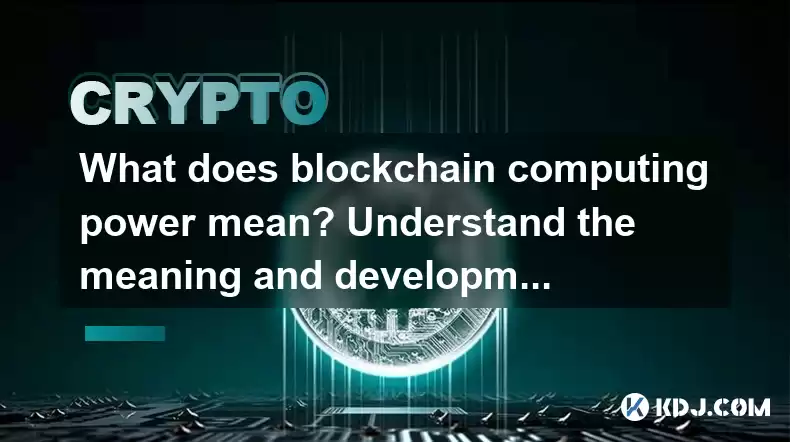
Key Points
- Definition and Characteristics of Blockchain Computing Power
- Importance and Applications of Blockchain Computing Power
- Development and Trends of Blockchain Computing Power
- Understanding the Different Types of Blockchain Computing Power
- Case Studies and Examples of Blockchain Computing Power
- FAQs About Blockchain Computing Power
Definition and Characteristics of Blockchain Computing Power
Blockchain computing power refers to the computational resources necessary to process and validate transactions on a blockchain network. This power is distributed among network participants, who contribute their computing power in exchange for rewards. Key characteristics of blockchain computing power include:
- Decentralized: Distributed across a vast network of nodes, eliminating single points of failure.
- Transparent: All transactions and computational processes are recorded and viewable on the blockchain, ensuring transparency and accountability.
- Secure: Cryptographic algorithms and consensus mechanisms ensure the integrity and security of the network.
- Scalable: The computing power of the network can adapt to increasing transaction volumes through advancements like sharding.
- Cost-effective: Eliminating intermediaries reduces transaction fees and increases efficiency.
Importance and Applications of Blockchain Computing Power
Blockchain computing power plays a crucial role in maintaining the security, efficiency, and reliability of blockchain networks. Its key applications include:
- Transaction Validation: Verifying and confirming the validity of transactions on the blockchain.
- Smart Contract Execution: Executing complex contracts and agreements automatically without the need for intermediaries.
- Data Security: Storing and protecting sensitive data on a distributed and immutable ledger.
- Data Analysis: Enabling efficient data analysis and insights through the use of blockchain data.
- Decentralized Applications: Supporting the development and operation of decentralized applications (dApps) that run on the blockchain.
Development and Trends of Blockchain Computing Power
Blockchain computing power has undergone significant advancements and continues to evolve. Here are some key trends shaping its development:
- Cloud Computing: The integration of cloud computing platforms provides scalable and cost-effective computational resources for blockchain networks.
- Quantum Computing: The emerging field of quantum computing holds the potential to dramatically increase the computational power available for blockchain applications.
- Artificial Intelligence (AI): AI algorithms can optimize network performance and enhance transaction validation efficiency.
- Off-Chain Computations: Off-chain solutions can reduce the computational load on the blockchain, improving network scalability.
- Smart Power Distribution: Algorithms and protocols can allocate computing power efficiently to optimize network performance.
Understanding the Different Types of Blockchain Computing Power
Blockchain computing power can be classified into different types based on the computational models and mechanisms used. Here are the main types:
- Proof-of-Work (PoW): A computationally intensive model where miners compete to solve complex algorithms to validate transactions.
- Proof-of-Stake (PoS): A more energy-efficient model where validation is based on the amount of cryptocurrency held by a validator.
- Proof-of-Capacity (PoC): A model that utilizes the amount of storage space available as the validation criteria.
- Proof-of-Burn (PoB): A model where validators destroy a certain amount of cryptocurrency to gain the right to validate transactions.
- Hybrid Models: Combinations of different models to leverage their strengths and address their limitations.
Case Studies and Examples of Blockchain Computing Power
Numerous projects and applications showcase the practical use of blockchain computing power. Here are some notable examples:
- Bitcoin: PoW-based blockchain network with a high hash rate, demonstrating the computational power required for secure Bitcoin transactions.
- Ethereum: PoS-based blockchain network with smart contract capabilities, showcasing the flexibility and programmability of blockchain computing power.
- Filecoin: PoC-based blockchain network designed for decentralized data storage, utilizing spare hard drive space for network validation.
- Burstcoin: PoC-based blockchain network focused on proof-of-space and environmentally friendly mining.
- GridCoin: PoC-based blockchain network that rewards miners for donating their computing power to research projects.
FAQs About Blockchain Computing Power
Q: How is blockchain computing power measured?
A: Blockchain computing power is typically measured in hash rate, which represents the number of hashes per second that a network can perform.
Q: What is a hash function?
A: A hash function is a mathematical algorithm that takes a variable-length input and converts it into a fixed-length output of a specific size, also known as a hash.
Q: What are mining pools?
A: Mining pools are groups of miners who combine their computing power to increase their chances of solving blocks and earn rewards.
Q: What are the environmental concerns surrounding blockchain computing power?
A: PoW-based networks can consume significant amounts of energy. Research and efforts are underway to explore energy-efficient alternatives like PoS.
Q: How can I contribute to blockchain computing power?
A: You can contribute by joining mining pools, staking your cryptocurrency assets, or providing computational resources for projects like GridCoin.
Disclaimer:info@kdj.com
The information provided is not trading advice. kdj.com does not assume any responsibility for any investments made based on the information provided in this article. Cryptocurrencies are highly volatile and it is highly recommended that you invest with caution after thorough research!
If you believe that the content used on this website infringes your copyright, please contact us immediately (info@kdj.com) and we will delete it promptly.
- Coinbase, Cosmos, and dYdX: Navigating the Crypto Currents
- 2025-08-09 06:30:16
- BNB Price, Altcoins, and Predictions: What's the Buzz?
- 2025-08-09 06:30:16
- Crypto Presale Projects Primed for Gains in 2025: A New Yorker's Take
- 2025-08-09 06:50:15
- Ruvi AI: The Millionaire Maker Poised for a Price Spike?
- 2025-08-09 06:50:15
- MAGACOIN FINANCE: August 2025's Standout Presale - Is it the Next Big Thing in Crypto Finance?
- 2025-08-09 06:55:27
- Token Buybacks, Onchain Data, and Developers: What's Buzzing in Crypto
- 2025-08-09 05:10:15
Related knowledge
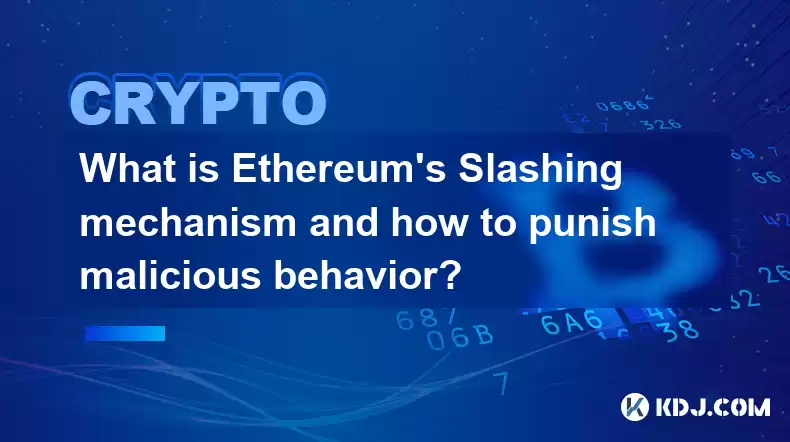
What is Ethereum’s Slashing mechanism and how to punish malicious behavior?
Feb 20,2025 at 03:08am
Key PointsOverview of slashingDifferent types of slashing in EthereumIncentives and consequences of slashingIdentifying and reporting slashed validato...
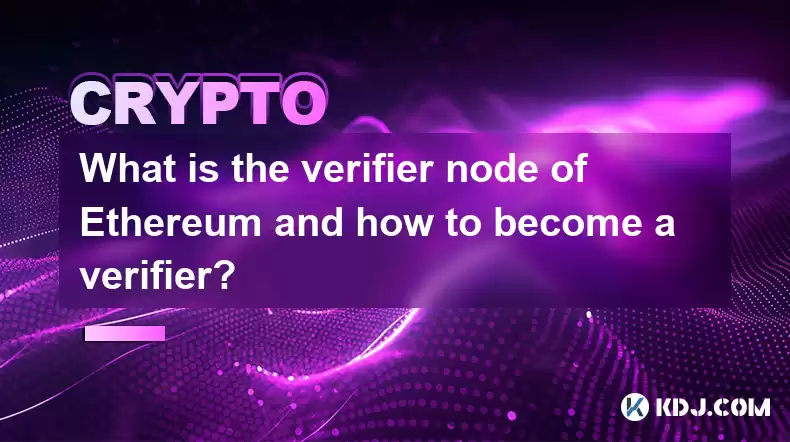
What is the verifier node of Ethereum and how to become a verifier?
Feb 19,2025 at 06:00pm
The Verifier Node of Ethereum: A Comprehensive GuideKey Points:What is a Verifier Node?How to Become a Verifier NodeResponsibilities and Rewards of a ...
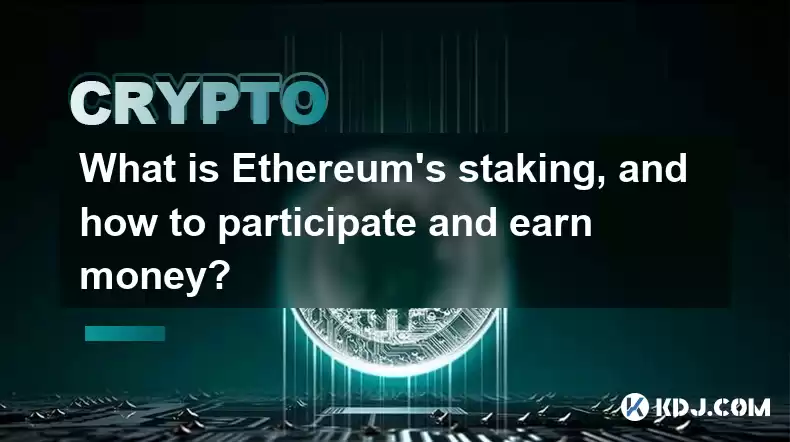
What is Ethereum’s staking, and how to participate and earn money?
Feb 19,2025 at 04:37pm
Key Points:Understanding Ethereum's Staking MechanismSteps to Participate in StakingBenefits and Rewards of StakingSecurity and Risk ConsiderationsTec...
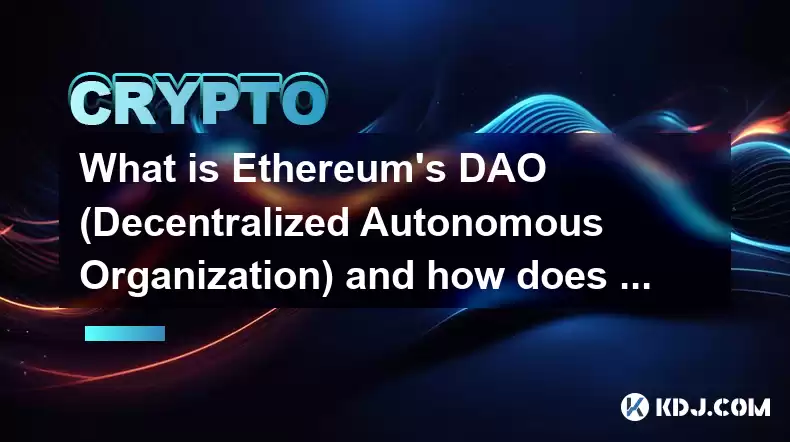
What is Ethereum’s DAO (Decentralized Autonomous Organization) and how does it work?
Feb 20,2025 at 03:12am
Key PointsDefinition and Structure of a DAOGovernance and Decision-Making in DAOsBenefits and Use Cases of DAOsChallenges and Limitations of DAOsWhat ...
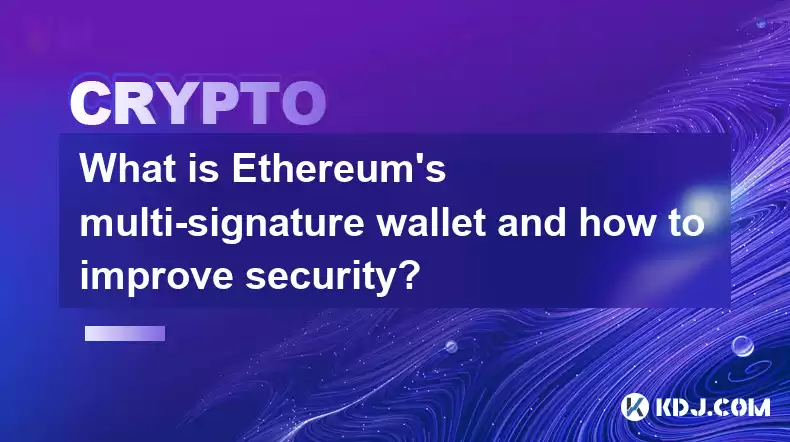
What is Ethereum's multi-signature wallet and how to improve security?
Feb 20,2025 at 02:18pm
Key Points:Understanding the Concept of a Multi-Signature WalletBenefits and Drawbacks of Multisig WalletsRequirements for Setting Up a Multisig Walle...
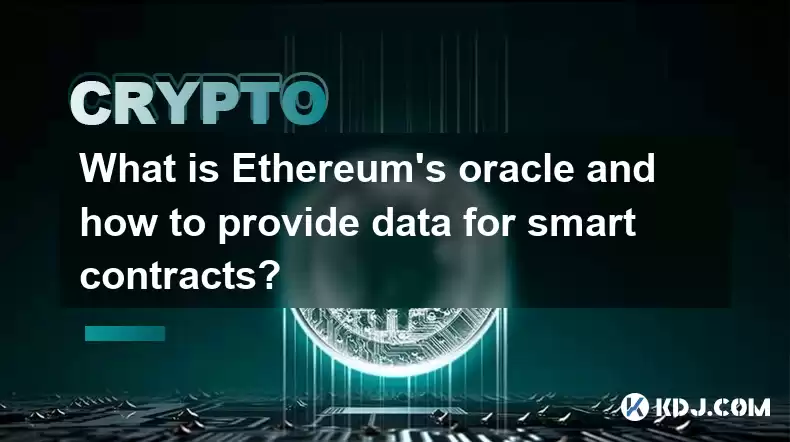
What is Ethereum's oracle and how to provide data for smart contracts?
Feb 21,2025 at 01:30am
Key Points:Understanding the concept of oracles in EthereumExploring different types of oraclesDetailed guide on how to provide data for smart contrac...

What is Ethereum’s Slashing mechanism and how to punish malicious behavior?
Feb 20,2025 at 03:08am
Key PointsOverview of slashingDifferent types of slashing in EthereumIncentives and consequences of slashingIdentifying and reporting slashed validato...

What is the verifier node of Ethereum and how to become a verifier?
Feb 19,2025 at 06:00pm
The Verifier Node of Ethereum: A Comprehensive GuideKey Points:What is a Verifier Node?How to Become a Verifier NodeResponsibilities and Rewards of a ...

What is Ethereum’s staking, and how to participate and earn money?
Feb 19,2025 at 04:37pm
Key Points:Understanding Ethereum's Staking MechanismSteps to Participate in StakingBenefits and Rewards of StakingSecurity and Risk ConsiderationsTec...

What is Ethereum’s DAO (Decentralized Autonomous Organization) and how does it work?
Feb 20,2025 at 03:12am
Key PointsDefinition and Structure of a DAOGovernance and Decision-Making in DAOsBenefits and Use Cases of DAOsChallenges and Limitations of DAOsWhat ...

What is Ethereum's multi-signature wallet and how to improve security?
Feb 20,2025 at 02:18pm
Key Points:Understanding the Concept of a Multi-Signature WalletBenefits and Drawbacks of Multisig WalletsRequirements for Setting Up a Multisig Walle...

What is Ethereum's oracle and how to provide data for smart contracts?
Feb 21,2025 at 01:30am
Key Points:Understanding the concept of oracles in EthereumExploring different types of oraclesDetailed guide on how to provide data for smart contrac...
See all articles

























































































